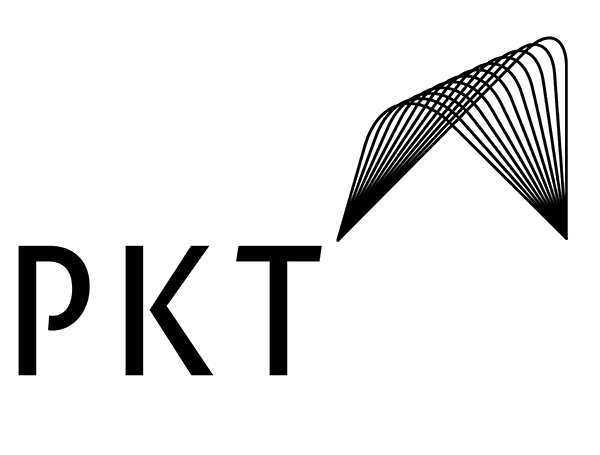
Communications Skills | Improve Executive Strategies & Interactions
The ability to effectively communicate is essential for any executive, regardless of the industry or sector they are in. The ability to effectively communicate can have a huge impact on the success of your executive strategies and the success of your interactions with employees, colleagues, and clients.
For executives, having strong communications skills can help bring about the positive results of their plans and strategies. These skills can help them to better present their ideas and explain the technical aspects of their solutions in a way that makes sense to their team and clients. It can also be an effective tool to create a more effective working relationship between executives and their staff. Effective communication can help executives build trust with their staff and give them the freedom to share ideas, provide feedback and make improvements to the processes they are working on.
Good communication also allows executives to provide clear feedback on performance and to encourage employees to take on new challenges. This helps foster a culture of trust and collaboration between executives and their employees.
Interpersonal skills are also important for successful communication. Being able to effectively read body language and pick up on nonverbal signals can go a long way towards preventing misunderstandings. Interpersonal skills help to ensure that the message is heard and understood in the way that the executive intended.
Having the ability to effectively communicate is equally important in how the executive interacts with clients. It can help ensure that the client fully understands what the executive is proposing. It can also help create a positive relationship between an executive and their clients and help to build trust between the two-party.
In summary, communication is an essential skill for any executive. With effective communication, executives can present their ideas more clearly, foster more collaboration between them and their staff, as well as create a better relationship with their clients. Good communication is the key to successful executive strategies and fosters better interactions with those they work with.
Communication Techniques for Executives
Good communication is essential to the success of any executive. To effectively lead your team and ensure the best outcomes for your company, you need to have a profound understanding of different communication techniques. Here we discuss some of the most important techniques, why they are so important, and how you can apply them in your day-to-day work.
Techniques to Communicate With Your Team.
As an executive, it is crucial that you create a communication atmosphere that allows your team to feel comfortable and confident when communicating with you. This means building relationships with your team members through open dialogue and actively listening to their ideas. Additionally, it is important to set clear expectations, present your ideas in a way that encourages collaboration and honest feedback, and create a safe environment free of judgement.
Techniques to Communicate With External Stakeholders.
When communicating with outside stakeholders, such as shareholders or investors, it is important to consider the impact that the information conveyed can have on the reputation of your company. Therefore, you should always be prepared, ensure that you provide accurate and factual information, and ensure that your message is clear, concise and within the context of the conversation at hand. Additionally, you should always be respectful, patient and courteous, as these values will help strengthen both your personal and company’s brand.
Techniques to Communicate With Co-Workers and Colleagues.
When working with colleagues in a professional setting, you should strive for two-way communication that is both professional and respectful. This means avoiding any type of offensive language or inappropriate behaviour, and actively engaging in conversation that is mutually respectful and beneficial. Additionally, it is important to remember the “golden rule” of communication; which is to never say something you may later regret, or do not feel comfortable saying in public.
Using Interactions and Strategies to Improve Executive Performance
Do you ever struggle to remain focused, productive, and organized? Do you find it difficult to stay motivated, leading to procrastination? Poor executive functioning skills can be detrimental to productivity and can lead to negative feelings of stress and decreased self-worth. Developing effective interactions and strategies can help to improve executive functioning and promote executive performance.
Executive function is a term used to describe the set of cognitive control processes that enable us to direct, regulate and guide our actions. These processes are responsible for allowing us to prioritize tasks, exhibit self-control, maintain focus, and make decisions. The most commonly used executive functions are cognitive flexibility, working memory, inhibitory control and planning. These skills aid in the development of problem-solving abilities and help to build success in our lives.
The most effective way to improve executive functioning and promote executive performance is to pay close attention to interactions and strategies. Interactions are the relationships or connections that are formed during a task or activity, and strategies are techniques used to increase efficiency and improve performance in a goal-directed task.
Interactions involve collaboration between people, such as giving and receiving feedback, listening to diverse points of view, or brainstorming ideas. Developing well-rounded relationships with coworkers, family members, and peers can promote Executive Performance. Additionally, taking the time to understand the perspectives and objectives of others facilitates collaboration and encourages positive interactions.
Strategies involve examining the areas of focus, analyzing the steps needed to achieve goals, and using reliable tools to increase productivity. It is important to have a personalized approach to organizing the activity and ensuring sufficient time is spent executing a plan. Examples of commonly used strategies include setting deadlines, breaking large tasks into small chunks, and creating to-do lists.
Using effective interactions and strategies will help with executive functioning, as well as maximize performance. Keeping track of tasks and goals helps in the organization of a daily routine and staying on top of deadlines. Also, brainstorming and practicing problem-solving techniques encourages creative thinking and productivity.
Conclusion:
Good communication is an essential component of successful executive leadership. Having a thorough understanding of different communication techniques and actively applying them to your everyday work environment can help ensure that you have strong relationships with both your team and external stakeholders, as well as with any coworker or colleagues. By following the methods discussed in this article, you can help ensure that your communications are professional and effective.
Talk to us about planning your next Management Retreat
Leadership retreats for executives




